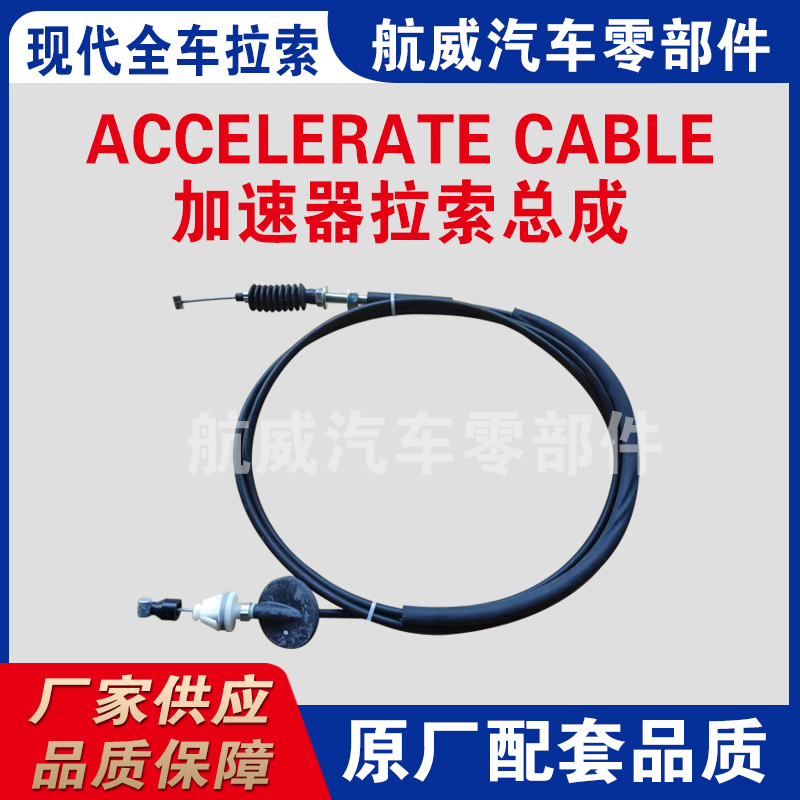clutch hose pipe
Understanding Clutch Hose Pipes Their Importance and Functionality
In the complex world of automotive engineering, every component plays a crucial role in the overall performance and safety of the vehicle. One of the unsung heroes in a vehicle's transmission system is the clutch hose pipe. This seemingly simple component is integral to the seamless operation of manual and automatic transmissions alike, making it essential for drivers who value control and performance.
What is a Clutch Hose Pipe?
A clutch hose pipe is a component of the hydraulic system in vehicles equipped with manual transmissions and some automatic transmissions. Its primary role is to transfer hydraulic fluid between the master cylinder and the slave cylinder as part of the clutch mechanism. When the driver engages the clutch pedal, the master cylinder generates pressure that travels through the clutch hose pipe to the slave cylinder mounted on the transmission. This pressure allows the clutch to disengage, enabling smooth gear shifts.
Materials and Design
Clutch hose pipes are typically made from rubber or reinforced materials capable of withstanding high pressure and temperature. The durability of these components is vital, as they often operate in harsh environments, exposed to heat from the engine and potential wear from movement and friction. The design of a clutch hose pipe includes bendable sections that allow for flexibility and adaptability in various vehicle models, ensuring they fit snugly within the vehicle's hydraulic system.
Common Problems and Symptoms
clutch hose pipe

Like any component, clutch hose pipes can experience wear and tear over time. One of the most common issues is leaks, which can lead to a loss of hydraulic fluid. Symptoms of a failing clutch hose pipe include difficulty shifting gears, a spongy or unresponsive clutch pedal, and visible fluid leaks beneath the vehicle. Addressing these issues promptly is vital as neglecting them can result in more extensive damage to the transmission system and costly repairs.
Maintenance Tips
To ensure the longevity and functionality of the clutch hose pipe, regular maintenance checks are advisable. Drivers should routinely inspect their vehicles for signs of fluid leaks or decay in the rubber material. It is also recommended to have the hydraulic system flushed and refilled according to the manufacturer's guidelines. Ensure that the clutch fluid is checked regularly and replaced when necessary, as contaminated fluid can significantly impact the performance of the clutch system.
Upgrades and Aftermarket Options
For vehicle enthusiasts and performance drivers, upgrading the clutch hose pipe can provide significant benefits. Aftermarket options often include stainless steel braided hoses that offer increased durability and resistance to heat expansion and contraction compared to standard rubber hoses. These upgrades can lead to better clutch feel and shorter pedal travel, which can enhance overall driving performance.
Conclusion
The clutch hose pipe may not be the most glamorous part of an automotive transmission system, but it is undeniably important. Understanding its function, recognizing the signs of wear and tear, and keeping up with regular maintenance can ensure that your clutch system operates smoothly. For those interested in enhancing their vehicle's performance, exploring aftermarket upgrades may provide the additional benefits desired. In the world of vehicles, every component counts, and the clutch hose pipe is a testament to the intricate balance of engineering that keeps automobiles running efficiently. Whether you are a daily commuter or an avid enthusiast, appreciating the role of this essential part can lead to a more informed and enjoyable driving experience.
-
Workings of Clutch Pipe and Hose SystemsNewsJun.04,2025
-
The Inner Workings of Hand Brake Cable SystemsNewsJun.04,2025
-
The Secrets of Throttle and Accelerator CablesNewsJun.04,2025
-
The Hidden Lifeline of Your Transmission Gear Shift CablesNewsJun.04,2025
-
Demystifying Gear Cables and Shift LinkagesNewsJun.04,2025
-
Decoding Clutch Line Systems A Comprehensive GuideNewsJun.04,2025
